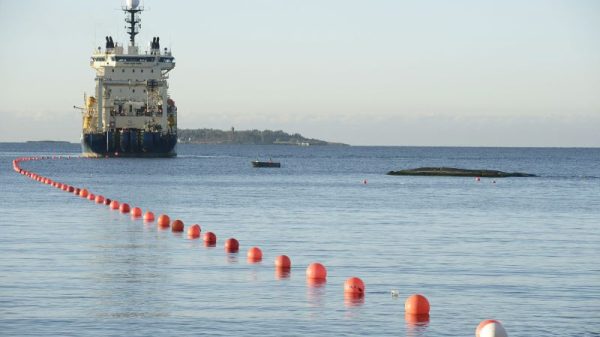 The Northern Lights, also known as Aurora Borealis, are a natural phenomenon caused by solar activity. Solar flares and solar winds can cause particles to collide in the Earth’s atmosphere, leading to these incredible displays of light. Right now, there might be higher solar activity than usual.
The Northern Lights, also known as Aurora Borealis, are a natural phenomenon caused by solar activity. Solar flares and solar winds can cause particles to collide in the Earth’s atmosphere, leading to these incredible displays of light. Right now, there might be higher solar activity than usual.
Sunspots, which are cooler areas on the sun’s surface, can often give off solar flares and coronal mass ejections (CMEs). These ejections send a stream of electrically charged particles towards Earth. When this surge of particles interacts with the gases in our atmosphere, it causes them to light up, creating the beautiful display of colors that you see as the Northern Lights.
So, when scientists warn of increased viewing opportunities for phenomena like the Northern Lights, it’s because they’ve seen increased sunspot activity or detected an oncoming CME. These events can result in stronger or more widespread auroras on Earth.
It’s worth noting that predicting aurora activity is not an exact science. Just like weather forecasts, sometimes they can be a bit off. If the solar activity doesn’t align just right or if Earth’s weather conditions aren’t suitable (e.g., cloud cover or light pollution), the Northern Lights may not be visible despite predictions.




































